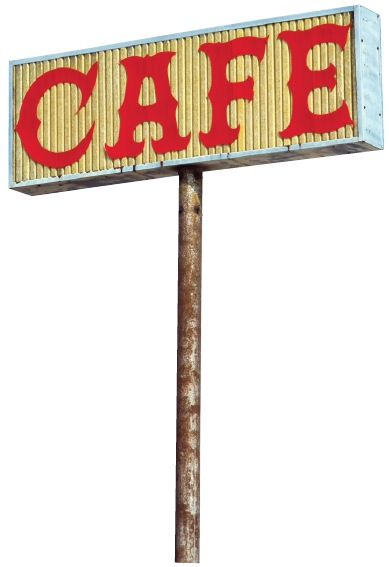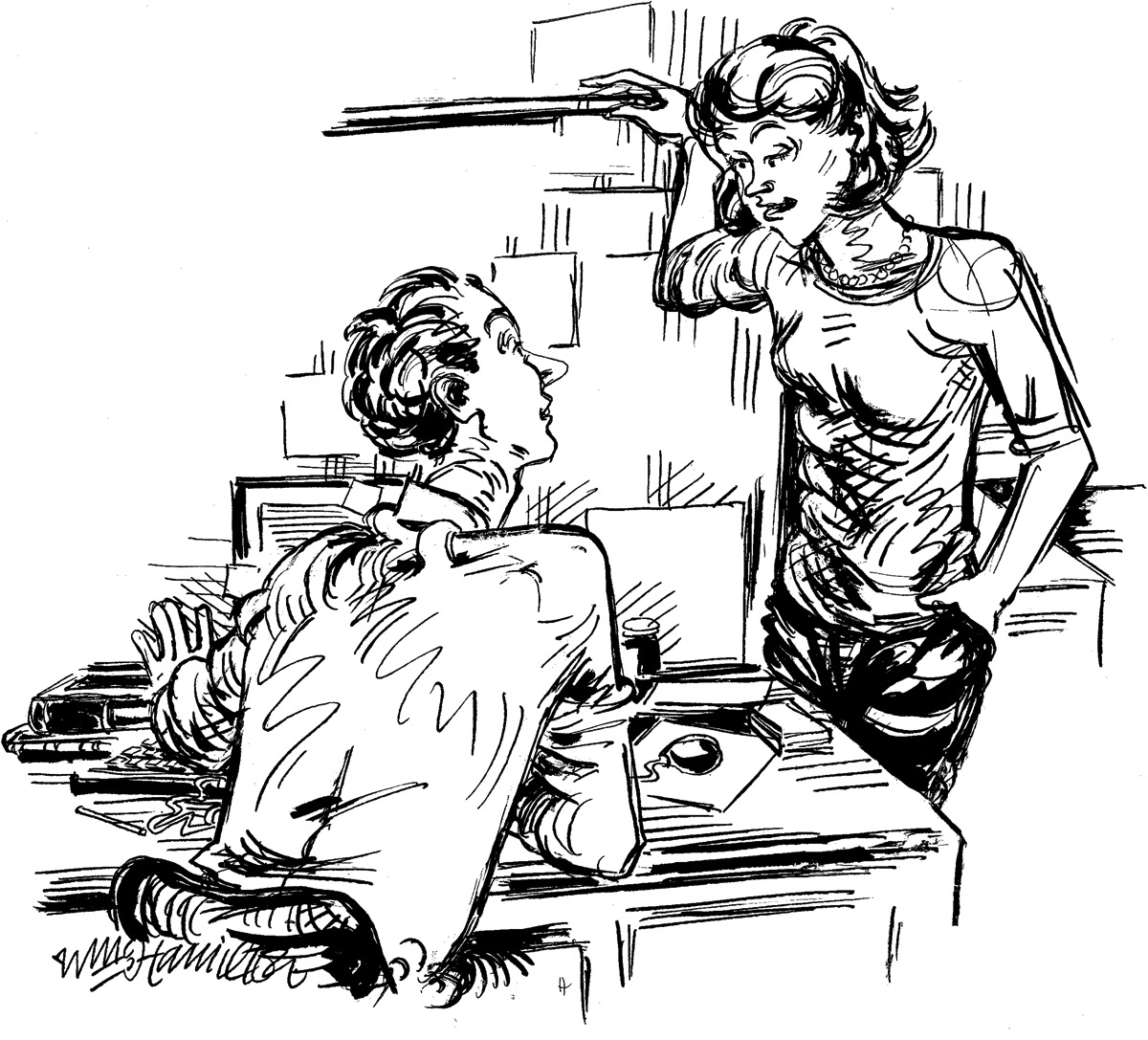Understanding Profit
The primary goal of most firms is to maximize profit. Other goals, such as maximizing market share or protecting the environment, may also figure into a firm’s mission. But economic models generally start with the assumption that firms attempt to maximize profit. So we will begin with an explanation of how economists define and calculate profit. In the next module we will look at how firms go about maximizing their profit.
In general, a firm’s profit equals its total revenue—which is equal to the price of the output times the quantity sold, or P × Q—minus the cost of all the inputs used to produce its output, its total cost. That is,
Profit = Total Revenue − Total Cost
However, there are different types of costs that may be used to calculate different types of profit. To start the discussion of how to calculate profit, we’ll look at two different types of costs, explicit costs and implicit costs.
Explicit Versus Implicit Costs
Suppose that, after graduating from high school, you have two options: to go to college or to take a job immediately. You would like to continue your education but are concerned about the cost.
What exactly is the cost of attending college? Here it is important to remember the concept of opportunity cost, because the cost of getting a degree includes what you forgo by not taking a job for the years you go to college. The opportunity cost of additional education, like any cost, can be broken into two parts: the explicit cost and the implicit cost.
An explicit cost is a cost that involves actually laying out money. An implicit cost does not require an outlay of money; it is measured by the value, in dollar terms, of benefits that are forgone.
An explicit cost is a cost that requires an outlay of money. For example, the explicit cost of a year of college includes tuition. An implicit cost, though, does not involve an outlay of money; instead, it is measured by the value, in dollar terms, of the benefits that are forgone. For example, the implicit cost of a year spent in college includes the income you would have earned if you had taken a job instead.
A common mistake, both in economic analysis and in real business situations, is to ignore implicit costs and focus exclusively on explicit costs. But often the implicit cost of an activity is quite substantial—
Table 52.1 gives a breakdown of hypothetical explicit and implicit costs associated with spending a year in college instead of taking a job. The explicit cost consists of tuition, books, supplies, and a computer for doing assignments—
Table 52.1Opportunity Cost of a Year of College
| Explicit cost | Implicit cost | ||
| Tuition | $17,000 | Forgone salary | $35,000 |
| Books and supplies | 1,000 | ||
| Computer | 1,500 | ||
| Total explicit cost | 19,500 | Total implicit cost | 35,000 |
| Total opportunity cost = Total explicit cost + Total implicit cost = 54,500 | |||
AP® Exam Tip
Accounting profit, often discussed by the media and business community, is calculated without subtracting a full measure of the costs of production.
A slightly different way of looking at the implicit cost in this example can deepen our understanding of opportunity cost. The forgone salary is the cost of using your own resources—
Accounting Profit Versus Economic Profit
As the example of going to college suggests, taking account of implicit as well as explicit costs can be very important when making decisions. This is true whether the decisions affect individuals, groups, governments, or businesses.

The accounting profit of a business is the business’s total revenue minus the explicit cost and depreciation.
The economic profit of a business is the business’s total revenue minus the opportunity cost of its resources. It is usually less than the accounting profit.
Consider the case of Babette’s Cajun Café, a small restaurant in New Orleans. This year Babette brought in $100,000 in revenue. Out of that revenue, she paid her expenses: the cost of food ingredients and other supplies, the cost of wages for her employees, and the rent for her restaurant space. This year her expenses were $60,000. We assume that Babette owns her restaurant equipment—
At first it might seem that the answer is obviously yes: she receives $100,000 from her customers and has expenses of only $60,000. Doesn’t this mean that she has a profit of $40,000? Not according to her accountant, who reduces the number by $5,000 for the yearly depreciation (reduction in value) of the restaurant equipment. Depreciation occurs because equipment wears out over time. As a consequence, every few years Babette must replace her appliances and furnishings. The yearly depreciation amount reflects what an accountant estimates to be the reduction in the value of the machines due to wear and tear that year. This leaves $35,000, which is the business’s accounting profit. That is, the accounting profit of a business is its total revenue minus its explicit cost and depreciation. The accounting profit is the number that Babette has to report on her income tax forms and that she would be obliged to report to anyone thinking of investing in her business.
Accounting profit is a very useful number, but suppose that Babette wants to decide whether to keep her restaurant open or to do something else. To make this decision, she will need to calculate her economic profit—the total revenue she receives minus her opportunity cost, which includes implicit as well as explicit costs. In general, when economists use the simple term profit, they are referring to economic profit. (We adopt this simplification in this book.)
AP® Exam Tip
Economic profit can be negative. You would be correct in saying that a firm is incurring a loss when economic profit is negative.
Why does Babette’s economic profit differ from her accounting profit? Because she may have an implicit cost over and above the explicit cost her accountant has calculated. Businesses can face an implicit cost for two reasons. First, a business’s capital—

The implicit cost of capital is the opportunity cost of the capital used by a business—
If Babette had rented her appliances and furnishings instead of owning them, her rent would have been an explicit cost. But because Babette owns her own equipment, she does not pay rent on it and her accountant deducts an estimate of its depreciation in the profit statement. However, this does not account for the opportunity cost of the equipment—
Finally, Babette should take into account the opportunity cost of her own time. Suppose that instead of running her own restaurant, she could earn $34,000 as a chef in someone else’s restaurant. That $34,000 is also an implicit cost of her business.
Table 52.2, in the column titled Case 1, summarizes the accounting for Babette’s Cajun Café, taking both explicit and implicit costs into account. It turns out, unfortunately, that although the business makes an accounting profit of $35,000, its economic profit is actually negative. This means that Babette would be better off financially if she closed the restaurant and devoted her time and capital to something else. If, however, some of Babette’s cost should fall sufficiently, she could earn a positive economic profit. In that case, she would be better off financially if she continued to operate the restaurant. For instance, consider the column titled Case 2: here we assume that what Babette could earn as a chef employed by someone else has dropped to $30,000 (say, due to a soft labor market). In this case, her economic profit is positive: she is earning more than her explicit and implicit costs and she should keep her restaurant open.
Table 52.2Profit at Babette’s Cajun Café
| Case 1 | Case 2 | ||
| Revenue | $100,000 | $100,000 | |
| Explicit cost | −60,000 | −60,000 | |
| Depreciation | −5,000 | −5,000 | |
| Accounting profit | 35,000 | 35,000 | |
| Implicit cost of business | |||
| Income Babette could have earned on capital used in the next best way | −3,000 | −3,000 | |
| Income Babette could have earned as a chef in someone else’s restaurant | −34,000 | −30,000 | |
| Economic profit | −2,000 | +2,000 |
Farming in the Shadow of Suburbia
Farming in the Shadow of Suburbia
Beyond the sprawling suburbs, most of New England is covered by dense forest. This is not the forest primeval: if you hike through the woods, you encounter many stone walls, relics of the region’s agricultural past when stone walls enclosed fields and pastures. In 1880, more than half of New England’s land was farmed; by 2014, the amount was down to 10%.
The remaining farms of New England are mainly located close to large metropolitan areas. There farmers get high prices for their produce from city dwellers who are willing to pay a premium for locally grown, extremely fresh fruits and vegetables.
But now even these farms are under economic pressure caused by a rise in the implicit cost of farming close to a metropolitan area. As metropolitan areas have expanded during the last two decades, farmers increasingly ask themselves whether they could do better by selling their land to property developers.
In 2013, the average value of an acre of farmland in the United States as a whole was $2,900; in Rhode Island, the most densely populated of the New England states, the average was $11,800. The Federal Reserve Bank of Boston has noted that “high land prices put intense pressure on the region’s farms to generate incomes that are substantial enough to justify keeping the land in agriculture.” The important point is that the pressure is intense even if the farmer owns the land because the land is a form of capital used to run the business. Maintaining the land as a farm instead of selling it to a developer constitutes a large implicit cost of capital. A fact provided by the U.S. Department of Agriculture (USDA) helps us put a dollar figure on the portion of the implicit cost of capital due to development pressure for some Rhode Island farms. In 2004, a USDA program designed to prevent development of Rhode Island farmland paid owners an average of $4,949 per acre for the “development rights” to their land. By 2012, the amount had risen to $31,585.

About two-
Source: United States Department of Agriculture.
In real life, discrepancies between accounting profit and economic profit are extremely common. As the FYI above explains, this is a message that has found a receptive audience among real-
Normal Profit
In the example above, when Babette is earning an economic profit, her total revenue is higher than the sum of her implicit and explicit costs. This means that operating her restaurant makes Babette better off financially than she would be using her resources in any other activity. When Babette earns a negative economic profit (which can also be described as a loss), it means that Babette would be better off financially if she devoted her resources to her next best alternative. As this example illustrates, economic profits signal the best use of resources. A positive economic profit indicates that the current use is the best use of resources. A negative economic profit indicates that there is a better alternative use for resources.
AP® Exam Tip
Remember that a firm with zero economic profit earns just enough to cover its implicit and explicit costs. The firm may have zero economic profit and a positive accounting profit.
An economic profit equal to zero is also known as a normal profit. It is an economic profit just high enough to keep a firm engaged in its current activity.
But what about an economic profit equal to zero? Most of us would generally think earning zero profit was a bad thing. After all, a firm’s goal is to maximize profit—